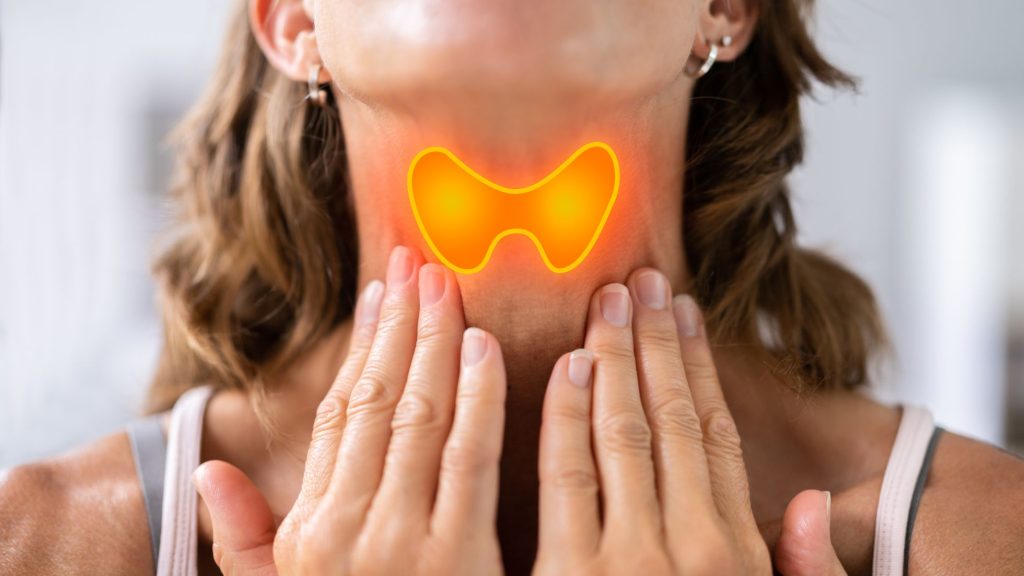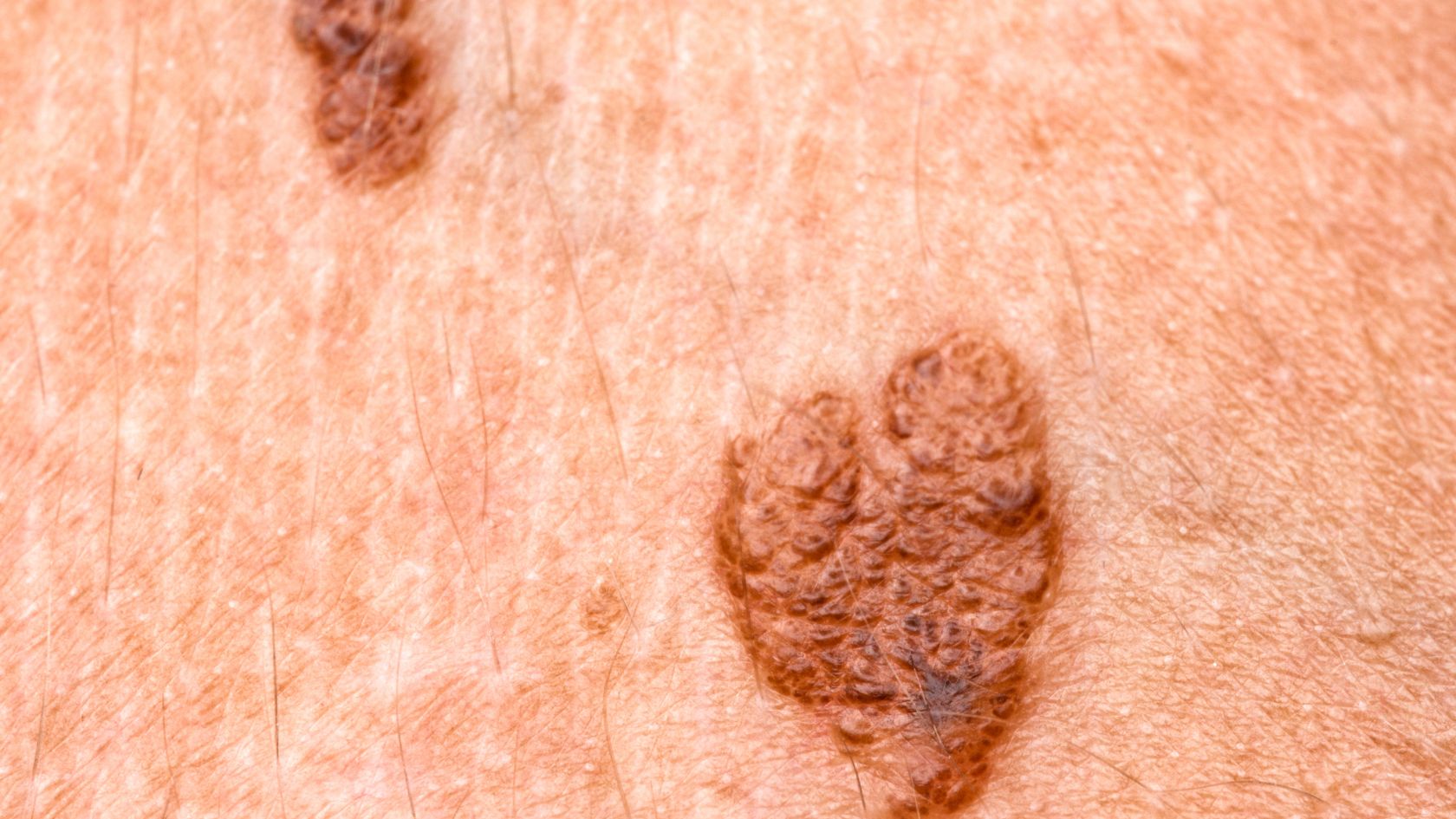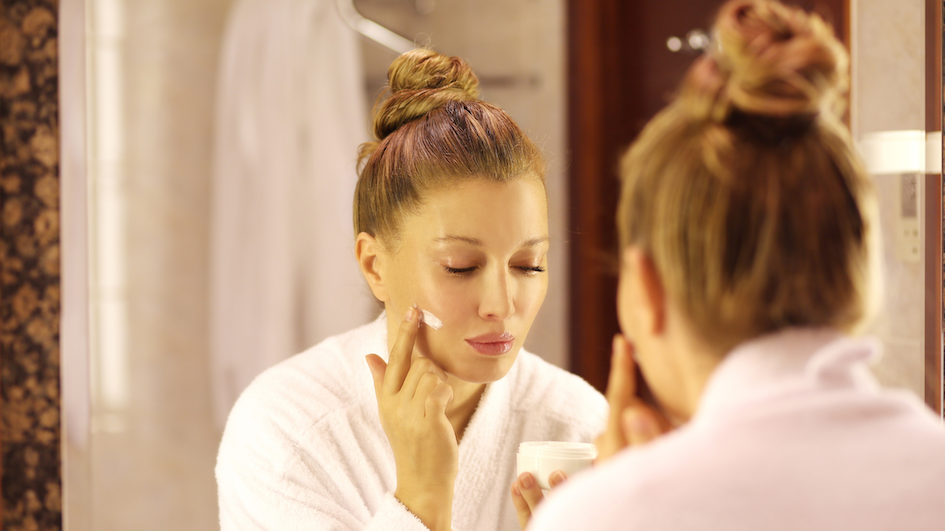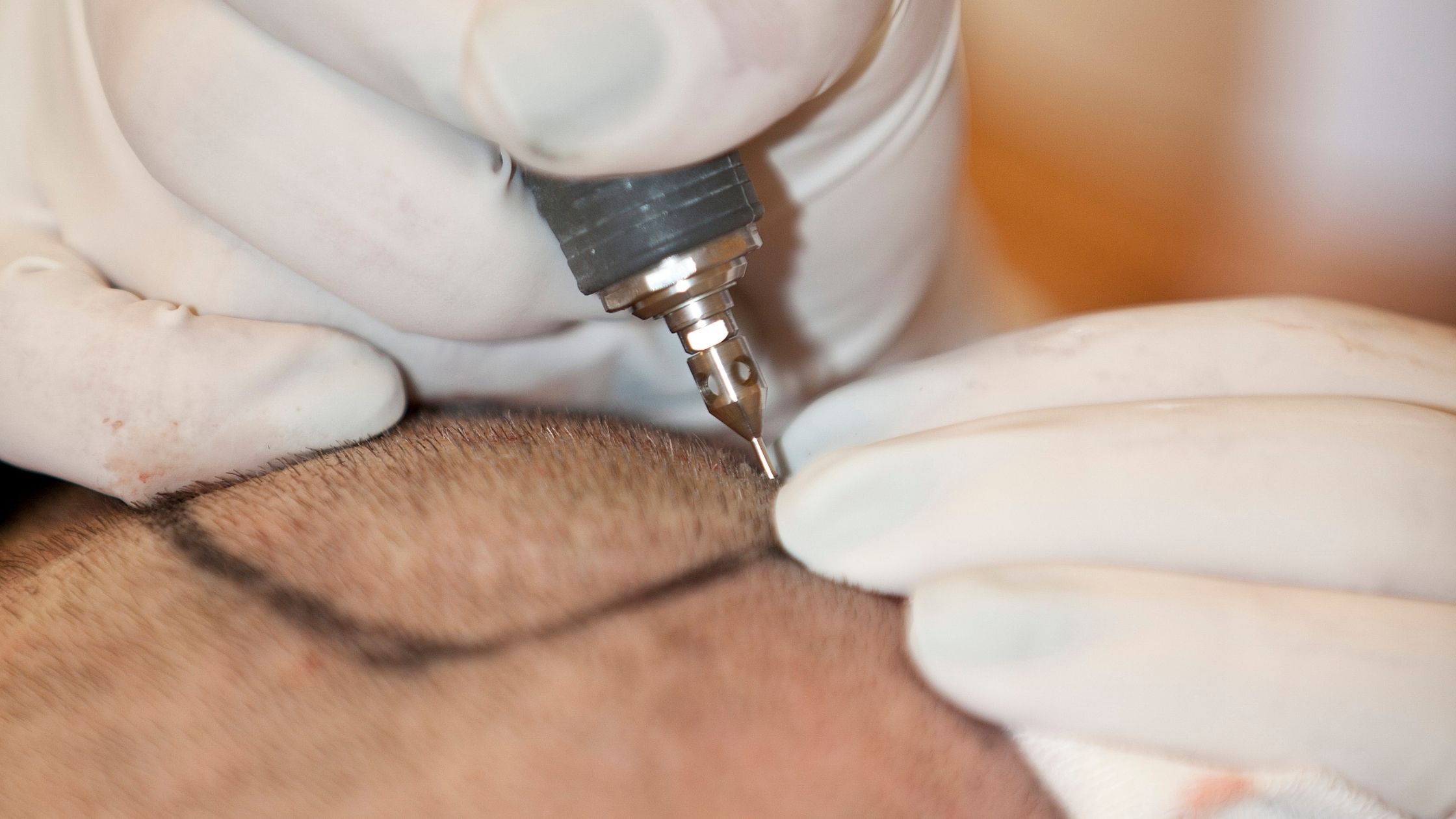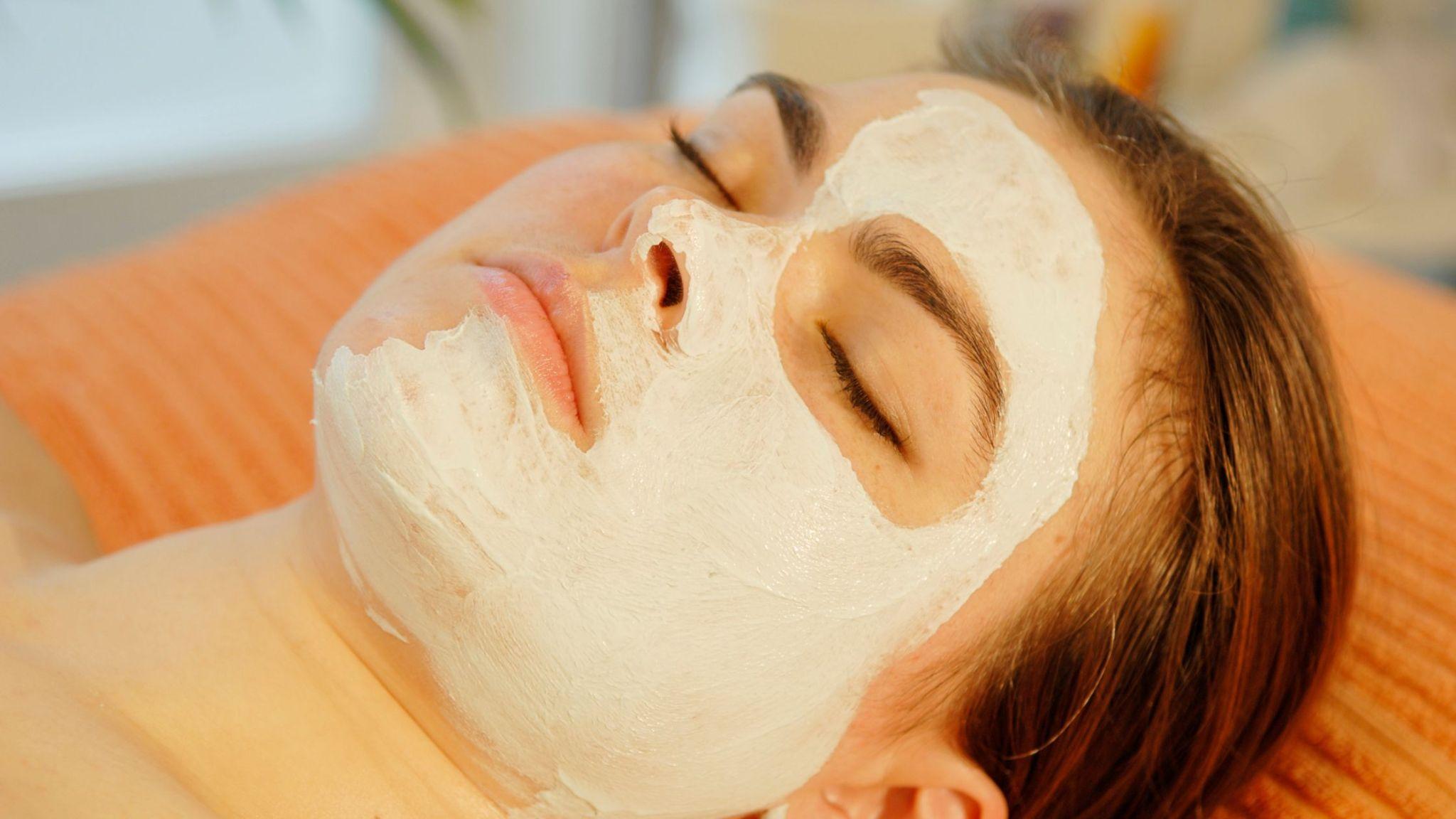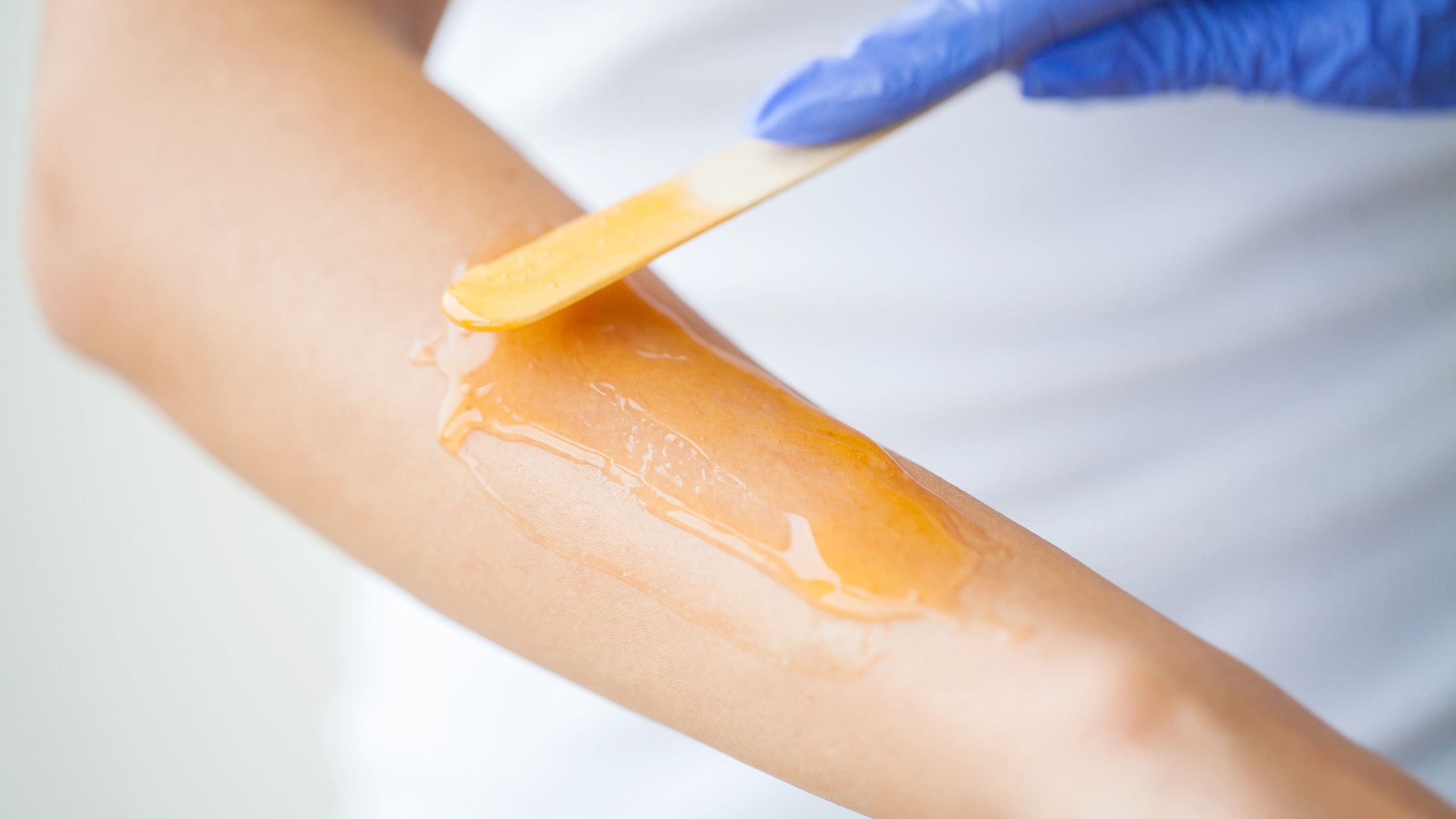What are the two main types of thyroid dysfunction?
Before we understand how thyroid affects your skin, it is important to understand the two types of thyroid dysfunctions. Here are they:
- Hypothyroidism: This condition happens when the thyroid gland produces insufficient thyroid hormones. This slows down the body’s metabolic processes. Aside from skin issues, which we will discuss later, hypothyroidism can cause fatigue and weight gain.
- Hyperthyroidism: As you would have rightly guessed, this is caused when the thyroid gland produces excess hormones. And this accelerates metabolic functions. Apart from affecting your skin, it can cause weight loss, nervousness, and increased heart rate.
How does hyperthyroidism affect your skin?
Hyperthyroidism can accelerate the growth of skin cells. This leads to unique skin problems like:
- Skin Rash: Typically forms in skin creases. Such rashes can cause discomfort and irritation.
- Hives: It is also called urticaria, and they are painless. They are characterized by itchy patches that vary in size.
- Itchiness: This can occur with or without the presence of rashes or hives.
- Skin Discoloration: Affected areas may feel waxy and hard. It can also have discoloration.
- Unusual Warmth: An increased metabolic rate might lead to heat sensitivity. This can cause warm and sweaty skin.
The most common cause of hyperthyroidism is Graves’ disease. It can further result in a condition called pretibial myxedema. In this, the skin on the lower legs becomes lumpy and thickened. There can also be inflammation. This condition is also known as Graves’ dermopathy. It often occurs alongside other symptoms like bulging eyes and swollen fingers.
Hyperthyroid-related skin rashes have the following characteristics:
- May appear red, purple, or brown. It completely depends on your skin tone.
- Can be itchy and painful.
- Surrounding skin may feel warm to the touch.
Apart from this, you might experience sweating in the palms and soles and/or flushing of the face.
How does hypothyroidism affect the skin?
Like hyperthyroidism, hypothyroidism also causes certain skin changes. For instance, the skin may become rough and scaly. This can be due to thinning of the epidermal layer. There will also be paleness due to reduced capillary blood flow.
You might also experience cold and dry skin due to decreased sweating and thermogenesis.
Rarely, you might experience a yellowish hue in your skin. This condition is called carotenemia. It is caused by excess carotene, an antioxidant that collects in the dermis due to impaired thyroid function.
In advanced cases of hypothyroidism, myxedema may develop. This leads to swelling of the face, lips, eyelids, and tongue. This condition is also characterized by thick and waxy skin. Unfortunately, it can involve multiple organ abnormalities and might even result in a coma. Myxedema typically improves with thyroid hormone replacement therapy.
What should you do when you experience the above symptoms?
Now that you have seen how thyroid affects your skin, you would have understood the importance of proper thyroid management. Most symptoms can improve with effective treatment. So, consult a dermatologist straight away, even if the symptoms are mild. They will likely ask you to take blood tests that will check thyroid levels. Based on the results, they will identify if the skin changes are caused due to thyroid issues or some other issue. If it is caused by thyroid, they will guide you to an endocrinologist who will suggest the treatment for your thyroid condition. In case the skin issues are caused due to some other reason, the dermatologist will suggest the best possible treatment based on your skin condition.
Best dermatologist in HSR Layout
If you are in HSR Layout or its vicinity and experiencing one of the symptoms discussed in this post, head to Dr. Renu’s Clinic at HSR Layout. With several years of experience treating a variety of skin conditions, she can guide you toward the best possible treatment for your condition. Book an appointment now.
